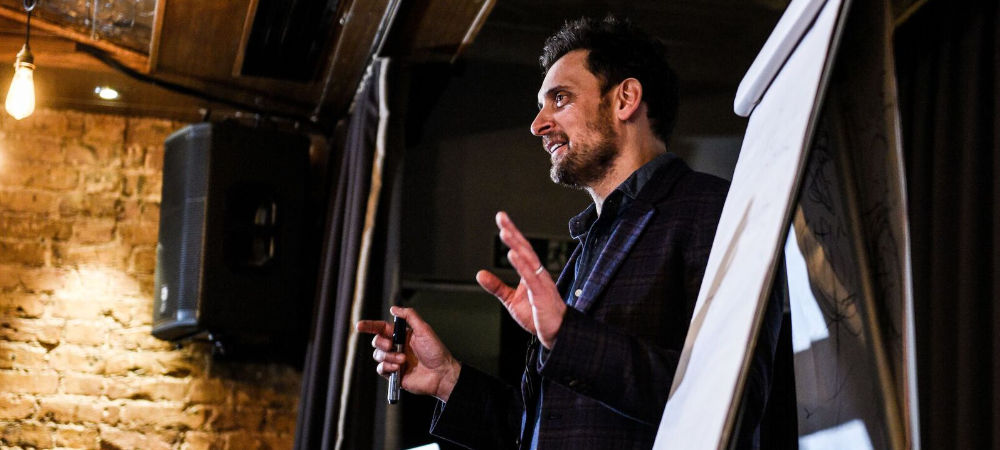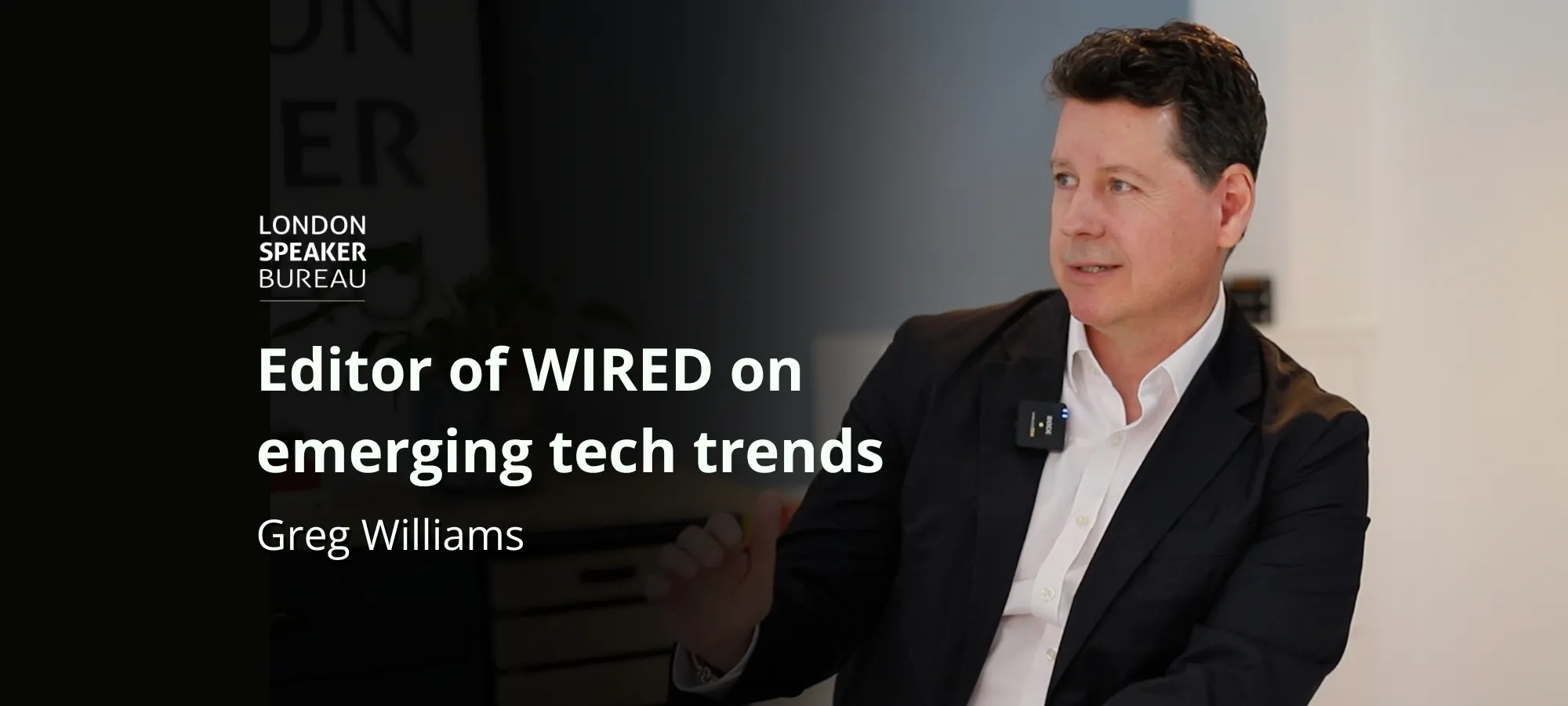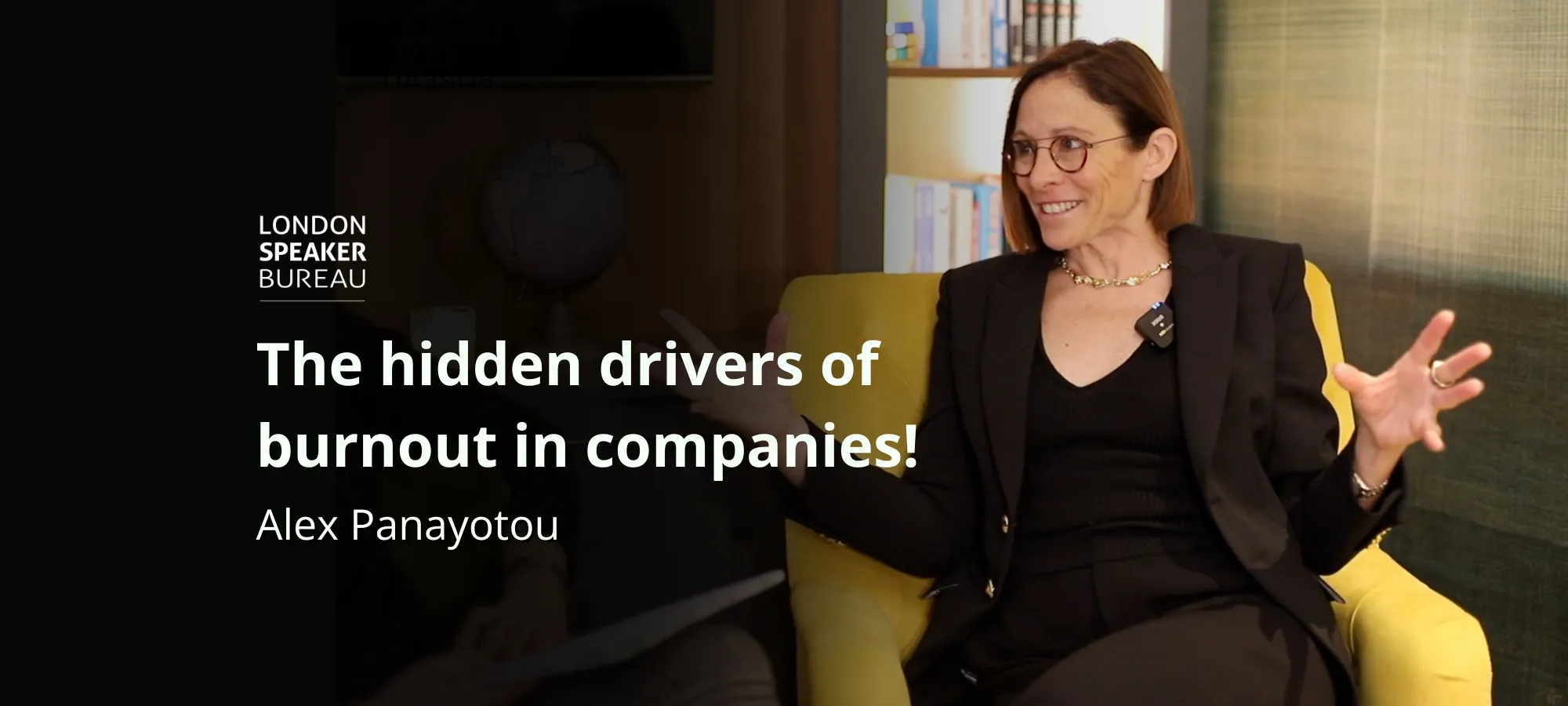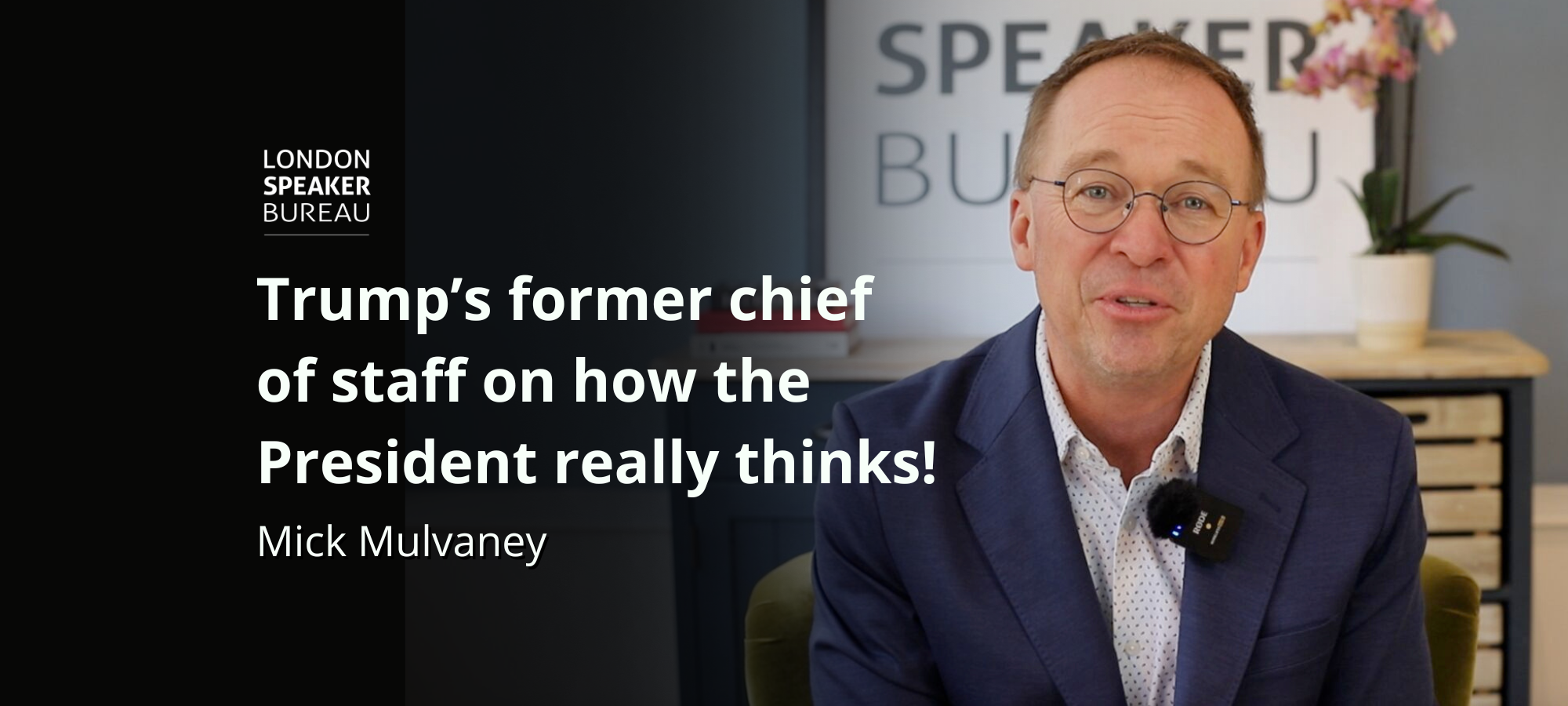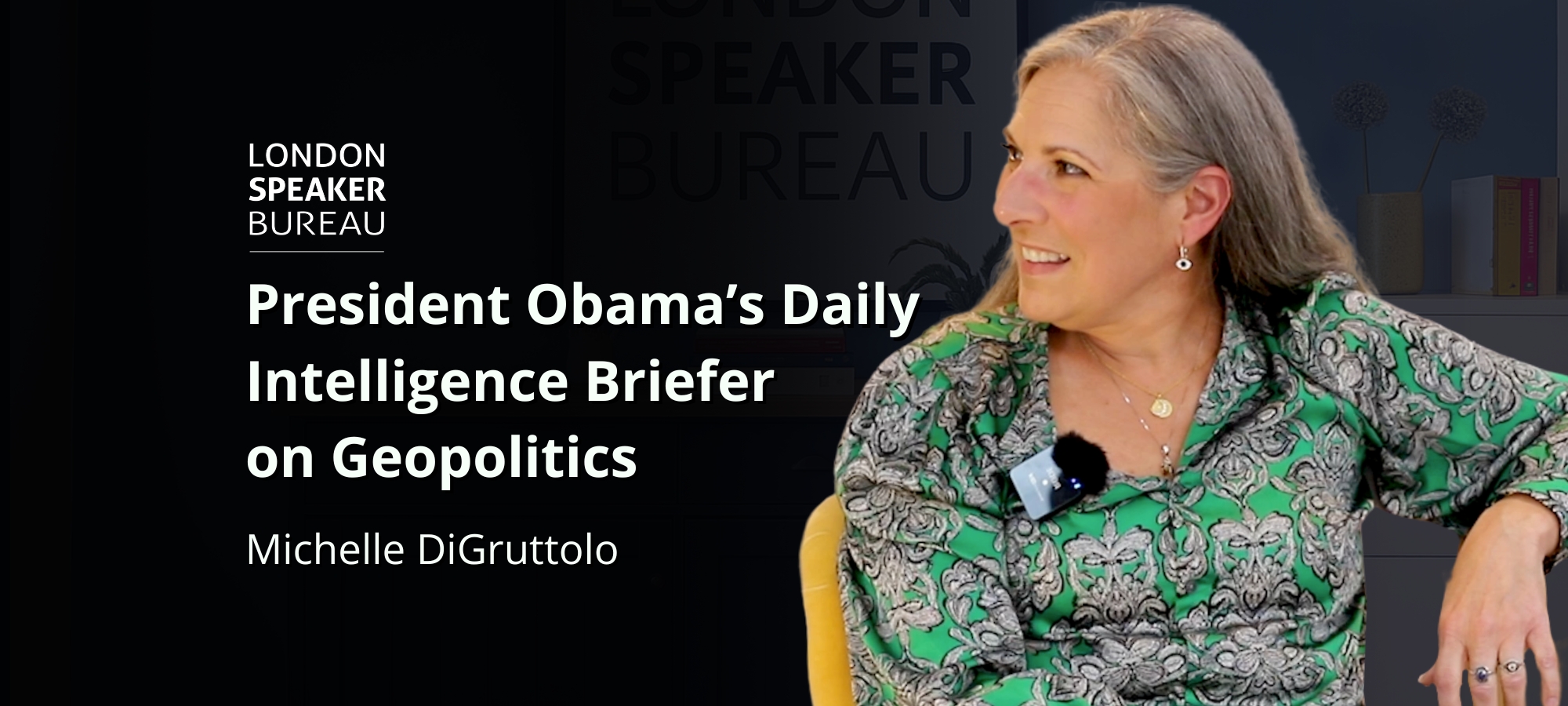Eugenia Feoktistova, our Head of Executive Learning, talks to one of the most sought-after speakers on performance and leadership, Jamil Qureshi, about his approach to leading a masterclass.
 Jamil Qureshi drives his experience from sports psychology: among other achievements, he has helped six sportsmen get to World Number One status, and now he brings the lessons from sports to business and leadership.
Jamil Qureshi drives his experience from sports psychology: among other achievements, he has helped six sportsmen get to World Number One status, and now he brings the lessons from sports to business and leadership.
Jamil Qureshi, you are running more and more masterclasses – longer, interactive sessions, for our clients around the world. What do you think is the main value in a masterclass, compared to a keynote?
For me, the difference between a masterclass and a keynote is involvement. To make any learning sustainable we look for implementation and practical interpretation of the content. A masterclass allows people to work with the content and forge and shape it into something genuinely relevant to their own business world.
A masterclass also allows for connectivity. A chance to discuss and work with colleagues in a way team members may haven’t done before. By arguing, debating, discussing and transferring knowledge and ideas in the context of a masterclass – we get to share their knowledge and personalities with each other differently to what we may do in the workplace.
How do you build your masterclasses? How is your ideal masterclass structured?
I think a good duration for a masterclass in 2-4 hours (depending also on the number of participants). It’s important for the masterclass to be ‘content rich’; to have lots of learnings, tools and take-aways, but also to provide an opportunity for audience members to have good time to discuss and debate the content in a way which transfers and embeds learning.
I believe a great masterclass should never be ‘scripted’. I like to have a framework which has been derived through a brief with the client, but then to have real fluidity allowing the content to move with the audience discussions and outputs. The format for the masterclass is not about training. I believe that people know the answers, so I prefer to focus upon asking the right questions. It is through good provocation and challenge that the interactive elements allow good insight and embedding of learnings.
Amazing, I love that you bring in the difference between training and expert-led masterclasses. Very well said! We also talk a lot about tailoring the content to client’s needs. What is the role of the client in this process? What should they expect and what to look for?
There is a tailor’s adage, which is ‘measure twice, cut once’. A great masterclass needs a clear steer and direction from the client. If we start with the end in mind, and look at what we are trying to achieve, we can work backwards in defining the content. When listening to a brief, the key for me is to be open-minded. It might be easy to compartmentalise and think, because it is a senior leadership team in banking, it will be the same type of content and exercises which was delivered to the last financial services leadership team… But it never works this way. It’s important to listen carefully and without judgment or prediction to the goals and purpose of the masterclass. The best brief that a client can give me sounds like “this is where we want the audience to get to in regard to learnings, and (which is equally important) this is how we want them to feel at the end of it (inspired, motivated, challenged, connected)”.
It is also important to manage expectations, right? To what extent can we influence the behaviours and mindsets of the people you meet for a few hours?
I genuinely think it’s possible to drive and inspire real and meaningful change in a few hours. To act differently, we must start thinking differently. The key to getting people to commit to different behaviours is to move them into a different type of thinking. Good provocation and challenge can unlock new perspectives immediately. This is particularly true when this change of perspective happens with peers who feel the same shift – when we ‘get it’ together! I have seen people going through this aha-moment not once and it brings about some incredible energy that can move mountains.
I know for sure that it’s possible to change people’s lives for the better in a ‘one hour’ talk. In a few hours – and with discussion and agreement with colleagues – sustainable change can take place!
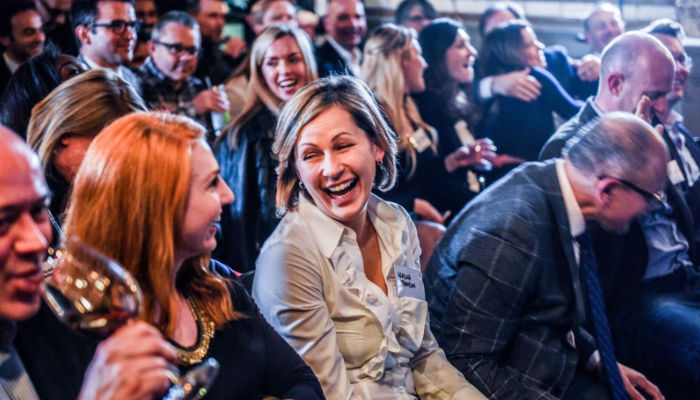
How do you know if the masterclass is a success? What indicators in participants’ reaction and feedback are you looking for?
The best feedback I can have from a masterclass is that people are ‘feeling or thinking’ differently. Masterclasses should always have energy, fun, humour, and create a feeling of uplift. However, when someone claims they have a new perspective or view on something, then we are heading towards an opportunity for sustainable change. It’s great if someone knows something different as a result of a masterclass, it even better if they feel something different as a result of it.
What is the key to sustainable success after the masterclass? You have mentioned the risk of work that might get in the way when attendees come back to their desk – how to manage and mitigate it?
he key to sustainable success with the masterclasses, is to make sure delegates don’t just work with the models or exercises but are able (and encouraged!) to take them back into the workplace to use with their teams. One can’t overestimate the role of the team leader, or HR department (or other departments in the organisation which act as the end client) in creating a supportive environment for people to implement what they have learned and to share it with their peers and subordinates. The best way to learn something is to teach it! Attendees should come away with tools and techniques which they will share with others to continue the learning and understanding.
Read more about Jamil Qureshi and his Masterclass
Interested in booking Jamil Qureshi as a keynote speaker or masterclass leader for your next event?

